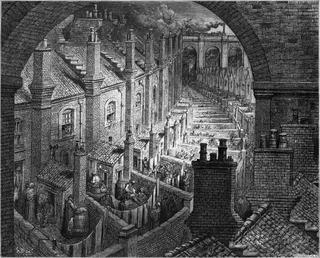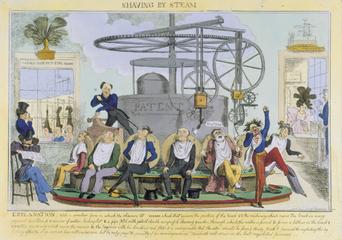'Homage to Henry' Analogue Drawing Machine main unit developed and built by Dr. Jack Tait
Main unit of 'Homage to Henry' analogue drawing machine by Dr. Jack Tait resulting from reverse engineering of Desmond Paul Henry's analogue drawing machines based on the WW2 Sperry Bomb sight computer.
More
Artist-engineer Dr. Jack Tait created this analogue drawing machine by reverse engineering a drawing machine of early computer art pioneer Desmond Paul Henry built of analogue World War 2 bomb-sight computers, a rare surviving example of which is in the Science Museum collection. This 2019 version is the latest of many design alterations from the original reverse engineering version in 2012 and includes a pen lift, two sun and planet drives, an elliptical turntable and a differential gearbox which allows precise control of the line-to-line space.
Tait and Henry never met but they both created electro-mechanical drawing machines, emerged in the 1960s and lived in Manchester. Tait’s machine produces similar drawings to Henry’s but does not aim to replicate them. Instead, Tait, who created this ‘homage to Henry’ with the encouragement of Elaine O’ Harrahan, Henry’s daughter, used Henry’s ground breaking work as inspiration to develop his own practice with the aim to create, as he puts it, the ‘best Lissajous based machine’. (Named after the French mathematician Jules-Antoine Lissajous who first produced them, Lissajous curves is the pattern produced by the intersection of two waves at right angles to each other.)
- Measurements:
-
overall: 300 mm x 300 mm x 240 mm, 6.25 kg
- Materials:
- steel (metal) , aluminium alloy , brass (copper, zinc alloy) and acrylic
- Object Number:
- 2024-426/1
- type:
- drawing machine





